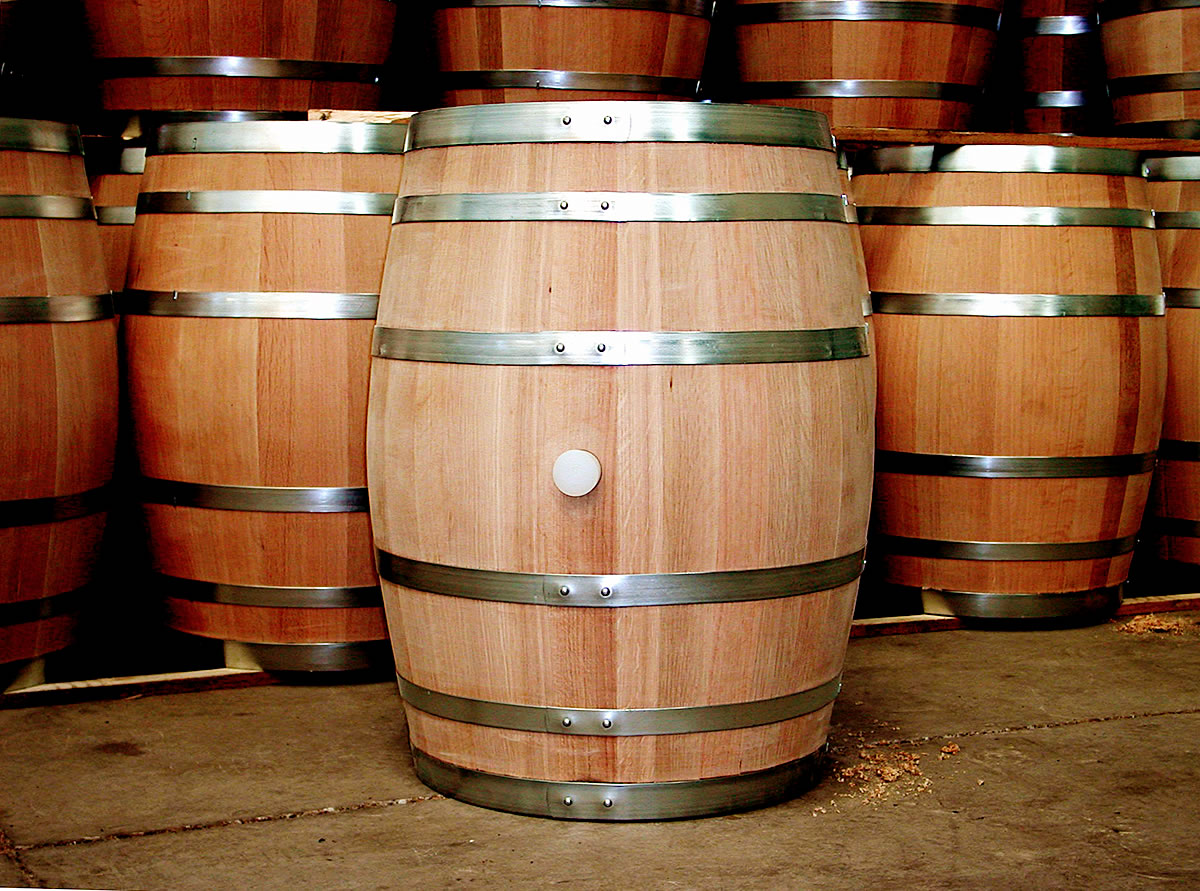|
Wicklow Friary
__NOTOC__ Wicklow Friary, also called Wicklow Abbey, is a ruined Franciscans, Franciscan friary located in Wicklow, Ireland, active in the 13th to 16th centuries. History Wicklow Friary was founded in 1252, during the reign of Henry III of England as Lord of Ireland, for the Order of Friars Minor Conventual (Grey Friars). Dundry stone was used in the three-light window. It had only of land and a meadow as an endowment; the monastery was partly funded by the sale of burial rights and bequests; in 1356 it is recorded that the friary received ten cows and a Barrel, vat of beer (worth 102 shillings) from a donor. About 1436 the monastery adopted the strict observance of the Observant Franciscans. It was Dissolution of the Monasteries, dissolved during the reign of Edward VI of England, Edward VI (r. 1547–53), with the last guardian Dermot O'Moore being expelled. The land was leased to Henry Harrington in 1575. It was used as an armoury and a courthouse, before falling into ruin ... [...More Info...] [...Related Items...] OR: [Wikipedia] [Google] [Baidu] |
Order Of Friars Minor Conventual
The Order of Friars Minor Conventual (O.F.M. Conv.) is a male religious fraternity in the Catholic Church and a branch of the Franciscan Order. Conventual Franciscan Friars are identified by the affix O.F.M. Conv. after their names. They are also known as Conventual Franciscans or Minorites. The Conventual Franciscan Friars have worldwide provinces that date to the 13th century. They dress in black or grey habits with white cords. Many friars engage in such ministries as teaching, parish ministry and service to the poor. Background The Conventual Franciscan Friars are one of three separate fraternities that compose the First Order of St. Francis (with the Second Order consisting of the Poor Clares, and the Third Order being for secular or religious men and women). Source of the name There are several theories as to the source of the name "conventual". In the Bull ''Cum tamquam veri'' of 5 April 1250, Pope Innocent IV decreed that Franciscan churches where convents exi ... [...More Info...] [...Related Items...] OR: [Wikipedia] [Google] [Baidu] |
Barrel
A barrel or cask is a hollow cylindrical container with a bulging center, longer than it is wide. They are traditionally made of wooden stave (wood), staves and bound by wooden or metal hoops. The word vat is often used for large containers for liquids, usually alcoholic beverages; a small barrel or cask is known as a keg. Barrels have a variety of uses, including storage of liquids such as water, oil, and alcohol. They are also employed to hold maturing beverages such as wine, Cognac (brandy), cognac, Armagnac (drink), armagnac, sherry, port wine, port, whiskey, beer, arrack, and sake. Other commodities once stored in wooden casks include gunpowder, Salt-cured meat, meat, fish, paint, honey, nails, and tallow. Modern wooden barrels for wine-making are made of English oak (''Quercus robur''), white Oak (wine), oak (''Quercus petraea''), American white oak (''Quercus alba''), more exotic is mizunara oak (''Quercus crispula''), and recently Oregon oak (''Quercus garryana'') ... [...More Info...] [...Related Items...] OR: [Wikipedia] [Google] [Baidu] |
Ruins In The Republic Of Ireland
Ruins () are the remains of a civilization's architecture. The term refers to formerly intact structures that have fallen into a state of partial or total disrepair over time due to a variety of factors, such as lack of maintenance, deliberate destruction by humans, or uncontrollable destruction by natural phenomena. The most common root causes that yield ruins in their wake are natural disasters, armed conflict, and population decline, with many structures becoming progressively derelict over time due to long-term weathering and scavenging. There are famous ruins all over the world, with notable sites originating from ancient China, the Indus Valley, ancient Iran, ancient Israel and Judea, ancient Iraq, ancient Greece, ancient Egypt, ancient Yemen, Roman, ancient India sites throughout the Mediterranean Basin, and Incan and Mayan sites in the Americas. Ruins are of great importance to historians, archaeologists and anthropologists, whether they were once individual fo ... [...More Info...] [...Related Items...] OR: [Wikipedia] [Google] [Baidu] |
Franciscan Monasteries In The Republic Of Ireland
The Franciscans are a group of related organizations in the Catholic Church, founded or inspired by the Italian saint Francis of Assisi. They include three independent Religious institute, religious orders for men (the Order of Friars Minor being the largest contemporary male order), an order for nuns known as the Order of Saint Clare, and the Third Order of Saint Francis, a Third Order of Saint Francis#Third Order Regular, religious and Secular Franciscan Order, secular group open to male and female members. Franciscans adhere to the teachings and spiritual disciplines of the founder and of his main associates and followers, such as Clare of Assisi, Anthony of Padua, and Elizabeth of Hungary. Several smaller Franciscan spirituality in Protestantism, Protestant Franciscan orders have been established since the late 19th century as well, particularly in the Lutheranism, Lutheran and Anglicanism, Anglican traditions. Certain Franciscan communities are ecumenism, ecumenical in nat ... [...More Info...] [...Related Items...] OR: [Wikipedia] [Google] [Baidu] |
Religious Buildings And Structures In County Wicklow
Religion is a range of social system, social-cultural systems, including designated religious behaviour, behaviors and practices, morals, beliefs, worldviews, religious text, texts, sanctified places, prophecies, ethics in religion, ethics, or religious organization, organizations, that generally relate humanity to supernatural, transcendence (religion), transcendental, and spirituality, spiritual elements—although there is no scholarly consensus over what precisely constitutes a religion. It is an essentially contested concept. Different religions may or may not contain various elements ranging from the divine, sacredness, faith,Tillich, P. (1957) ''Dynamics of faith''. Harper Perennial; (p. 1). and a supernatural being or beings. The origin of religious belief is an open question, with possible explanations including awareness of individual death, a sense of community, and dreams. Religions have sacred histories, narratives, and mythologies, preserved in oral traditions, sac ... [...More Info...] [...Related Items...] OR: [Wikipedia] [Google] [Baidu] |



